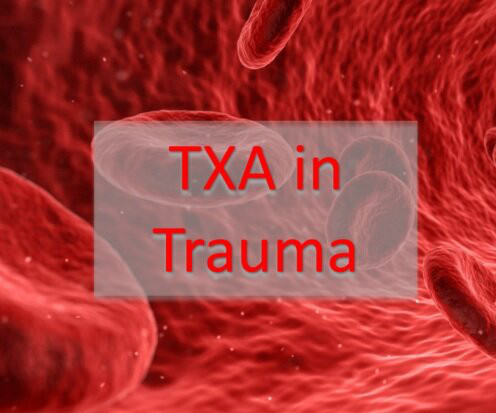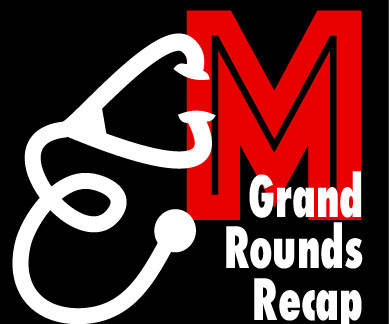The Broselow-Luten System
Pediatric EM Morsels
OCTOBER 27, 2023
James Broselow, a family medicine-turned-emergency medicine physician from Hickory, North Carolina , recognized that his team spent a lot of time trying to calculate doses of medications rather than spending their mental energy on the actual medical decisions for the resuscitation. This system has now become the “ industry standard.”





























Let's personalize your content